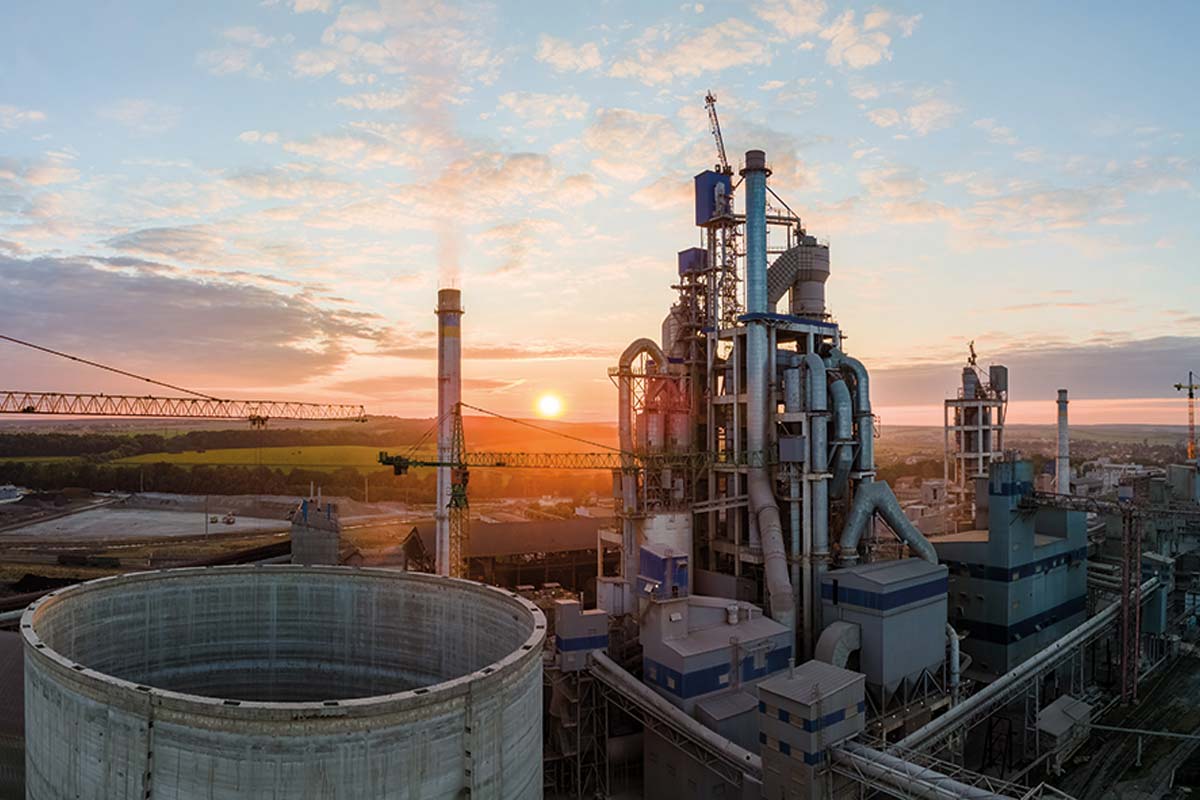The appearance of UNEP’s annual emissions gap report on 27 October brought a sobering appraisal of the current state of progress with keeping the global temperature rise within the 1.5ºC limit established by the Paris Agreement.

Titled The Closing Window, the report aimed to explore the gap between the impact of the most recent pledges – made at last year’s COP26 event in Glasgow – and what is required.
COP26 brought some resolve to strengthen the Nationally Determined Contributions (NDCs) of individual countries, but progress since then has been poor. The NDCs submitted this year amounted to less than 1% of the projected global emissions for 2030. These emissions must fall by 50% by 2030 to preserve any hope of staying under 1.5ºC.
A 2ºC trajectory would require a 30% cut in emissions by 2030.
The current policy landscape puts us on a trajectory for a 2.8ºC rise by 2100. And even if all the existing NDCs were to be met, and countries fulfilled their pledges to hit net zero by 2050, this would still amount to a projected increase of 1.8ºC – a scenario that is “not credible”, according to the report.
Inger Andersen, Executive Director of UNEP, said: “We had our chance to make incremental changes, but that time is over.
What’s required now is a large scale, rapid and systemic transformation, and the report explored how that might be achieved in different sectors.
Food
For example, decarbonizing food production – which produces a third of all emissions – requires an overhaul of dietary habits, conclude the authors, in addition to changes in production at the farm level, and a decarbonization of supply chains.
Industry
In the industrial sector, priorities should include the growth and integration of green hydrogen production capacity. “There is vast potential for green hydrogen to help decarbonize several sectors, especially the hard-to-abate energy-intensive industry sectors that cannot use electricity.
Industry also needs to accelerate and scale-up material and energy efficiency. A decisive uptick of ambition is also needed with the circular economy, and the report notes: “There are still huge gaps and regional variations in recycling.”
Transport
For transport, the number of trips made by private light-duty vehicles needs to decrease by 4–14 per cent below business-as-usual levels by 2030, believe the authors. A move to zero-carbon cars and trucks needs to be accelerated, though the report noted successes with the electrification of bus transport. which reached a high of 43 per cent of bus sales in 2017, driven largely by demand in China. Things have since slipped back and sales have fallen to 39%.
Aviation fuels look to be a particular challenge, and these should meet “13–18 per cent of aviation fuel needs in 2030 and 78–100 per cent in 2050.”
The report also recommends avoiding “technologies incompatible with deep carbonization”, including “natural gas in road transport and biofuels that lead to deforestation and/or compete with food production.”
Buildings
With buildings, the recommendations include: “reduce excess floor area” – a factor directly linked to energy use and emissions from space and water heating and cooling. The energy intensity of buildings “needs to decrease globally by 10–30 per cent in commercial buildings and 20–30 per cent in residential buildings, relative to 2015 levels, by 2030.”
The emissions intensity – or the amount of CO2 emitted per floor area – “has decreased steadily” but the pace now needs to be stepped up.
Emissions from construction can be reduced by “more efficient use” of materials like steel, cement and concrete. “This can include reconstructing existing buildings (rather than demolition and new construction), minimizing the volume of materials required and substituting alternative construction materials.”
Commenting broadly on the findings, Sir David King, chair of the Climate Crisis Advisory Group, said it was “a dire warning to all countries – none of whom are doing anywhere near enough.
“Staying within 1.5°C by 2030 assumed that the whole planet was warming evenly. What that target and this report fails to address is the feedback loops we are seeing in the Arctic Circle region, which is already 3°C warmer than pre-industrial levels. Any system-wide transformation in the name of net zero must account for the fact that the Arctic tipping point has already been passed, and the cascading impacts that will follow if we fail to repair this region.
“It is of the utmost priority that we implement deep and rapid emissions reductions, remove existing greenhouse gases from the atmosphere at scale, and repair the Arctic – alongside other parts of the climate system that are beyond their tipping points. Without doing so, we will fly blind into a large-scale climate catastrophe.”









